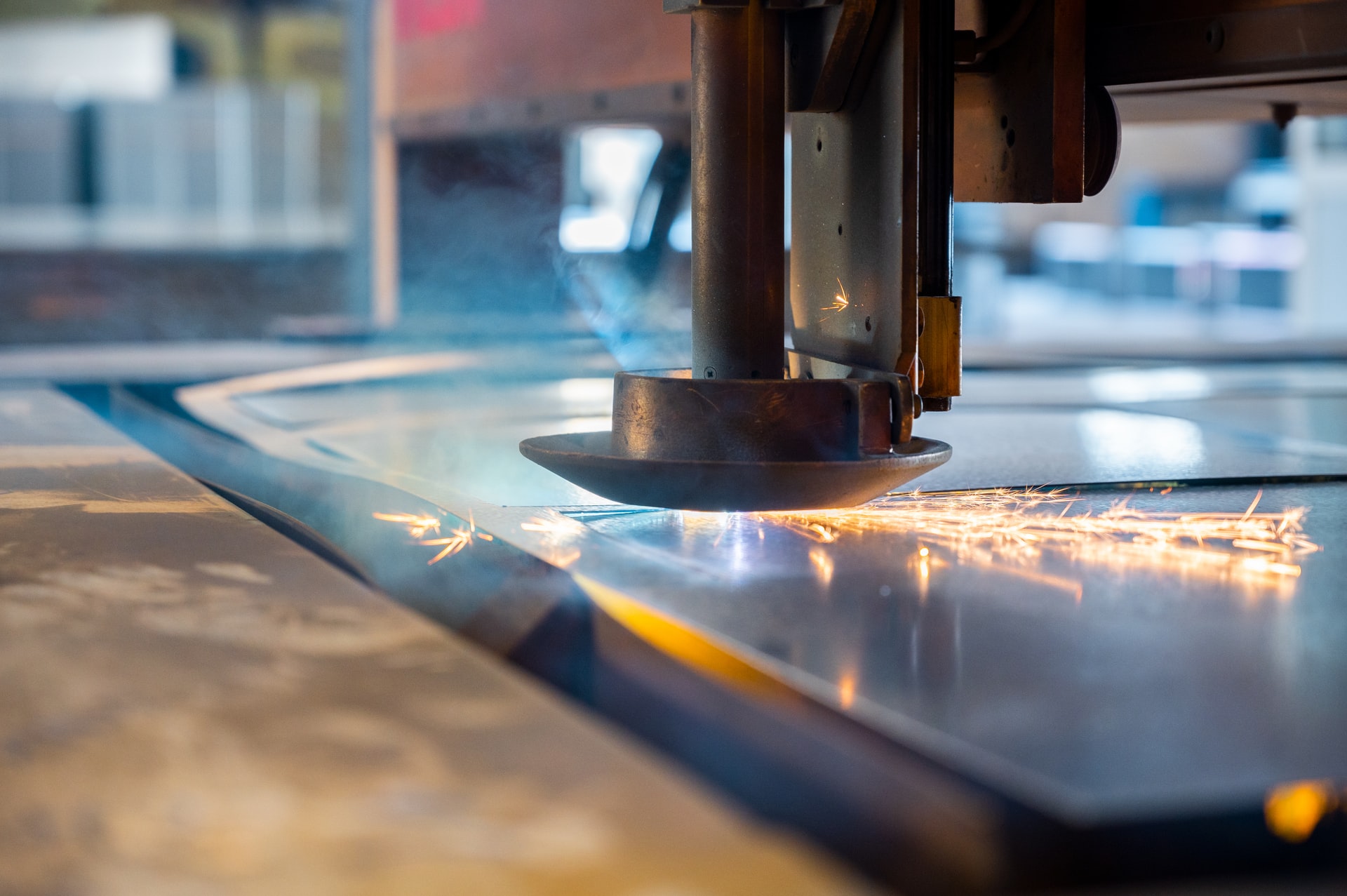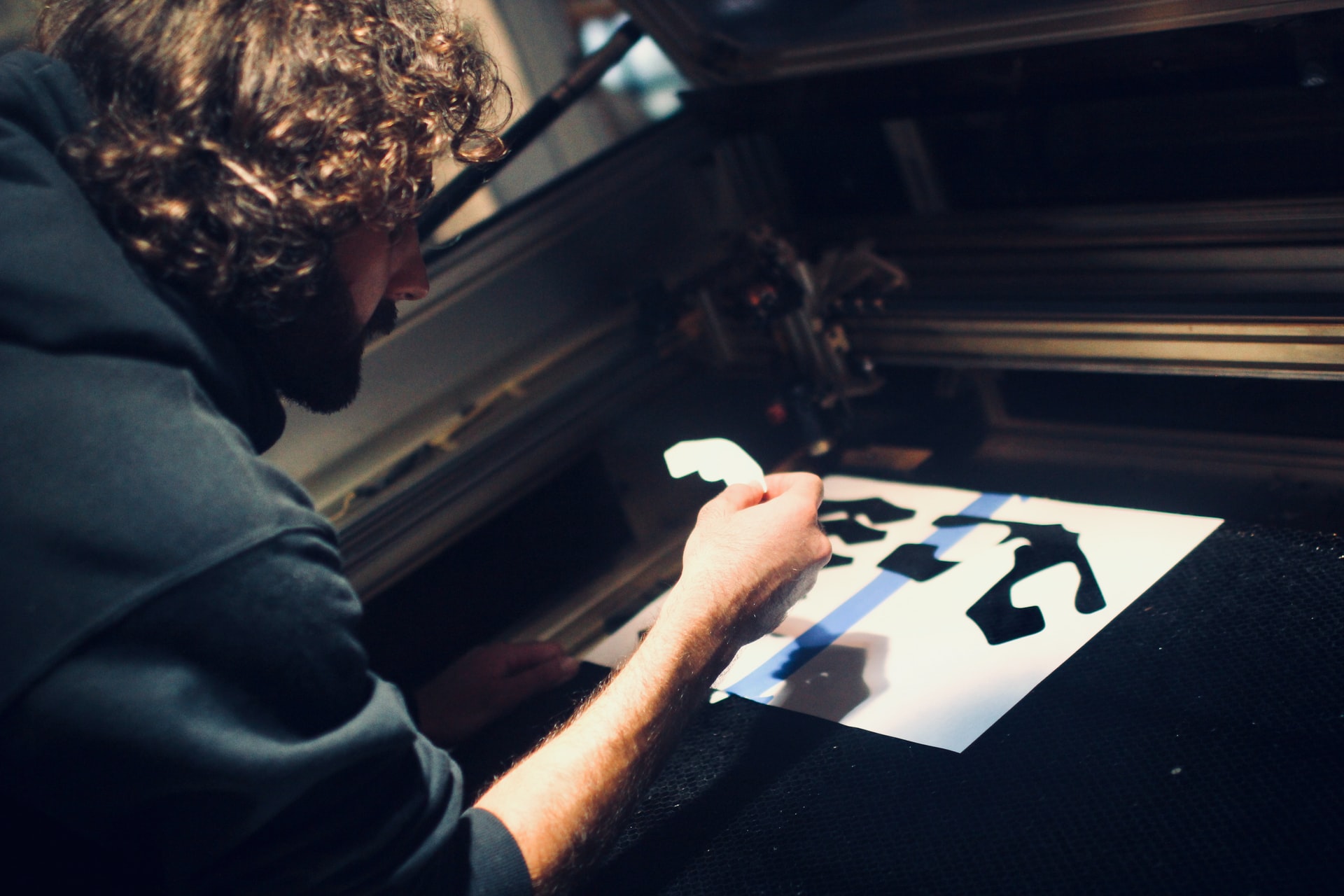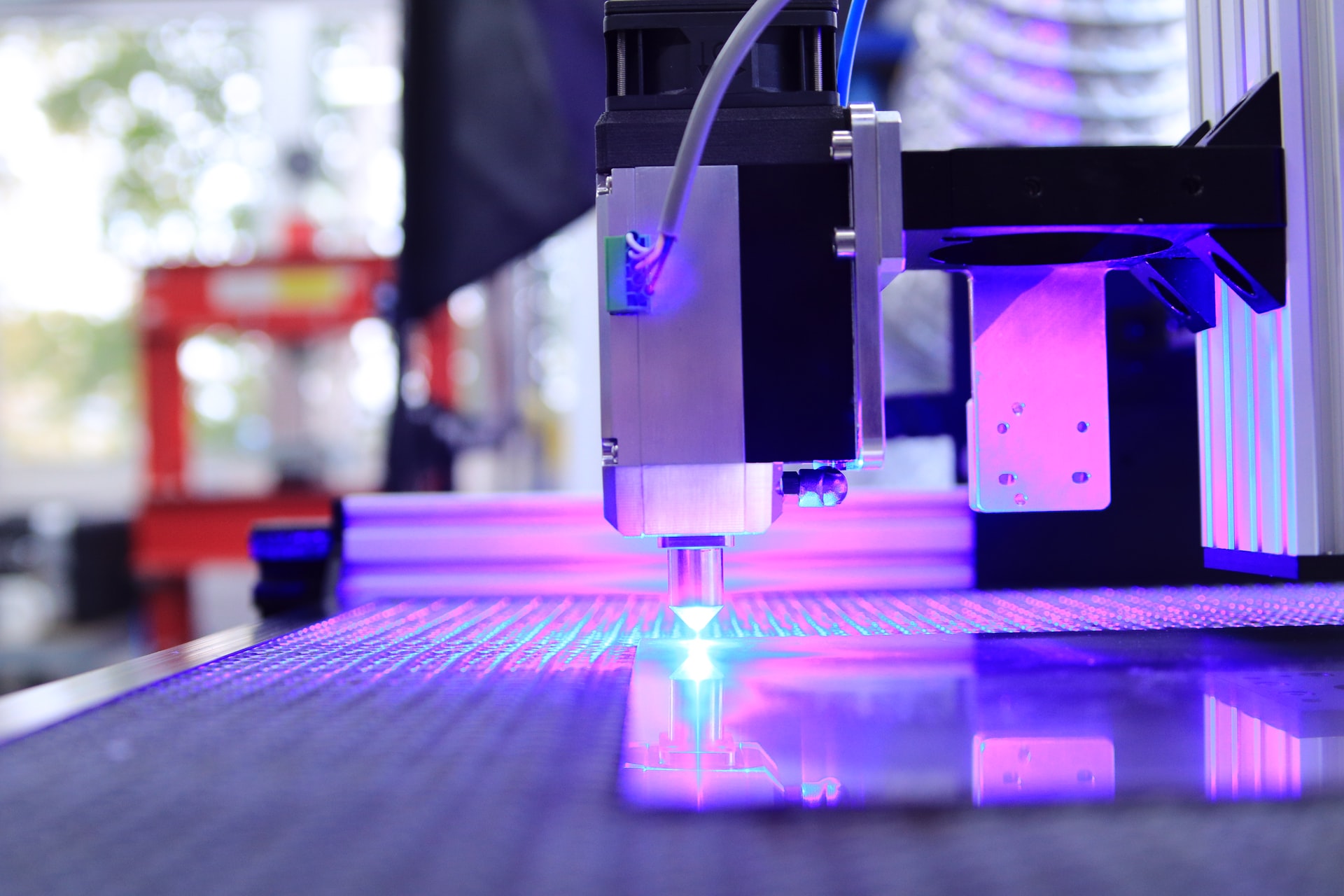The laser cutting industry is slowly gaining traction and is increasingly used by other major companies. So, without further ado, let’s dive into this blog and learn some of the things that everyone should know about laser cutting.
What is laser cutting?

Laser cutting is a type of thermal separation processing. The laser beam strikes the surface of the material and heats it to melt or vaporize completely. Once the laser beam has completely penetrated the material at one point, the actual cutting process begins. The laser system follows the selected geometry and separates the material during processing. Depending on the application, the use of process gas can positively influence the result.
Plasma cutting is a thermal fusion cutting process frequently used to cut steel, stainless steel, and aluminum. It has often mentioned disadvantages compared to laser cutting, such as lower cutting quality, higher energy consumption, higher dust generation, and higher noise emissions. However, plasma cutting is often the preferred technology due to its flexibility when cutting electrically conductive materials.
Depending on the material and the application, each processing method naturally has its advantages, for example, when cutting several models in a stack simultaneously. However, a laser has many advantages compared to mechanical chip removal processes. Non-contact processing, reduced setup costs, low pollution, and processing flexibility are just a few examples.
Uses and benefits of laser cutting
Laser cutting is particularly effective in a number of areas where production rate and speed are paramount. It is easy to cut in all materials where traditional manufacturing methods prove ineffective. Where conventional manufacturing processes impose limitations and constraints, laser cutting allows greater freedom of design and quantity.
Overall, laser cutting provides:
- A high level of precision and positional accuracy.
- An economy of materials.
- High production speed.
- Sharp and clean edges
- Very little deformation of the material.
- Safety in the process.
Laser cutting and its utility

Laser cutting machines are capable of cutting a wide variety of materials with a higher degree of precision and accuracy than more conventional cutting machines. They can repeatedly and accurately produce complex parts.
The focused beam allows for narrower kerf widths. The smaller kerf minimizes the amount of material removed, and the low heat input minimizes heat-affected zones, reducing thermal distortion. Laser cutting also produces high-quality cuts and edges that typically do not require cleaning, processing, or finishing, reducing the need for additional finishing processes.
The non-contact nature of the laser cutting process also decreases the risk of mechanical deformation, especially for flexible or thin materials, and the risk of material contamination.
While the initial budget for laser cutting machines is generally higher than other cutting processes, the operating and maintenance costs are much lower. Laser cutting machines can perform multiple operations and applications without the need to purchase or modify separate tooling. This feature of laser cutting reduces both equipment costs and the time between different processes and applications.
In addition, because laser cutting is a non-contact process, laser components experience less fatigue and therefore last longer than components used in contact cutting processes, such as mechanical cutting or rotary cutting.
Why choose laser cutting for industrial sheet metal work?
Numerically controlled robotic cutting machines offer high precision and high cutting speed and are attractive to many small and medium-sized companies. Used in the prototyping phase, this process is adapted to manufacture parts in medium and large series.
Because of the precision of the laser beam and the absence of contact with the materials, this technique avoids deformation of the material and generates relatively little waste.
The disadvantages of this technology

The disadvantage of this technology lies mainly in its high energy consumption to generate the necessary power of the industrial laser. It should be noted that the cutting of certain composite metals, such as carbon steel of a certain thickness, is particularly energy-consuming.
It is also important to know that we can only cut raw metal parts without any surface treatment. A powder-coated plate, for example, would be subjected to thermal stresses that could cause deformation of the material and leave marks.
Looking for help?
Are you in Melbourne? Are you looking for a laser cutting company? Then look no further because Dennis Welding and Fabrication is here to help you out with all your needs. They are the leaders in industrial metal works in Australia. So, what are you waiting for? Give them a call today to learn more about their wide range of services.


Pingback: Top 4 Reasons To Immigrate To Quebec | Golocal business
Pingback: Top 6 Things To Know Before Getting Your First Glasses | Golocal business
Pingback: Top 5 Things To Know About Welding | Golocal business